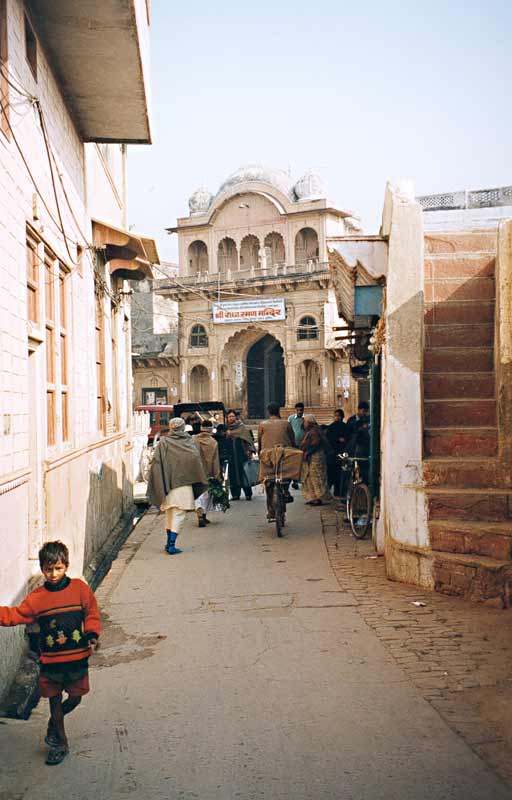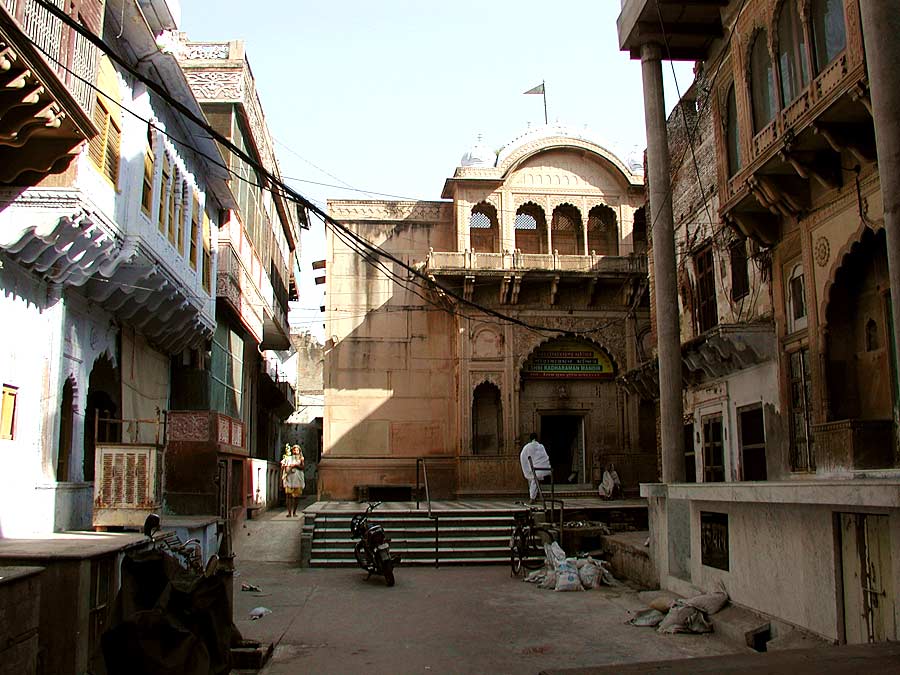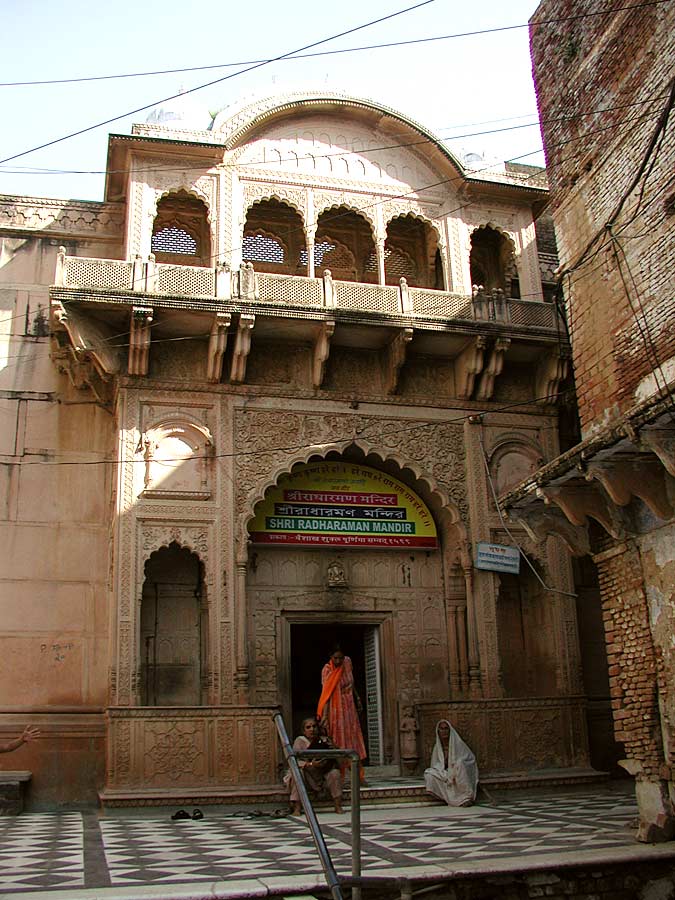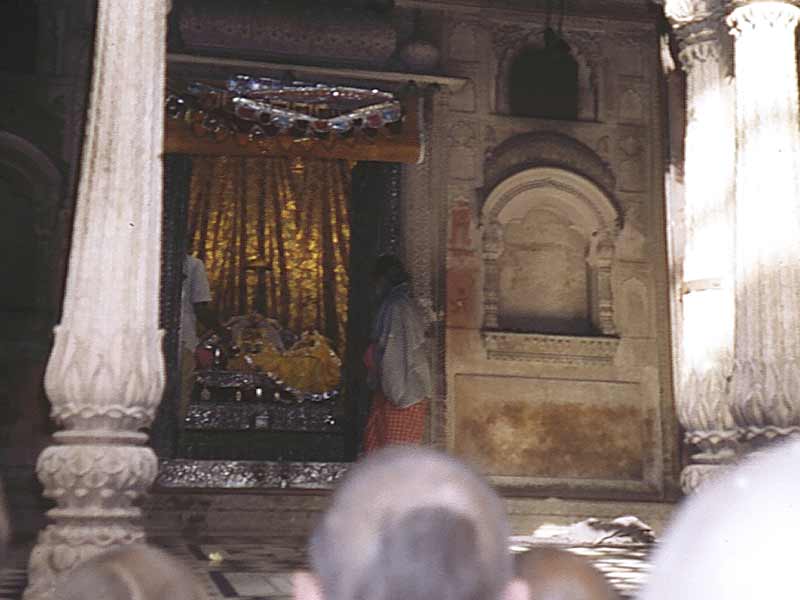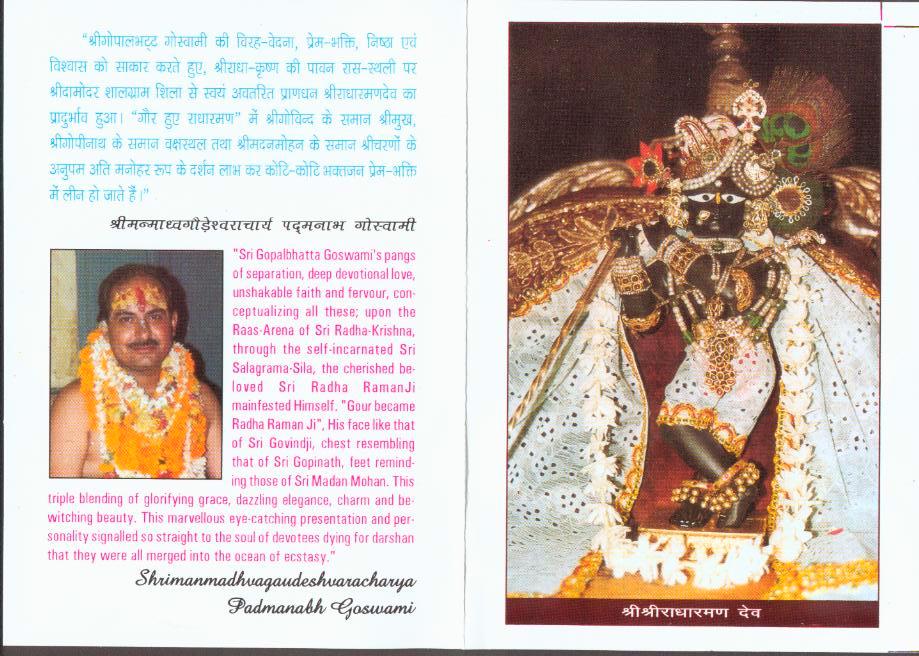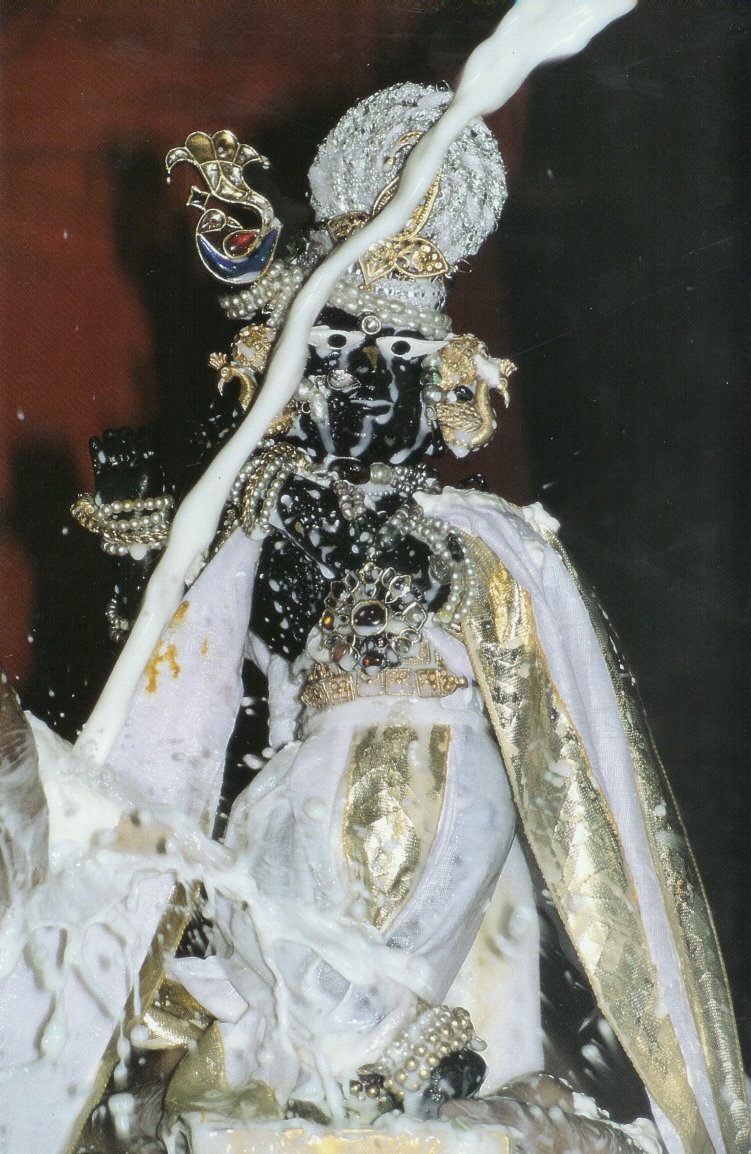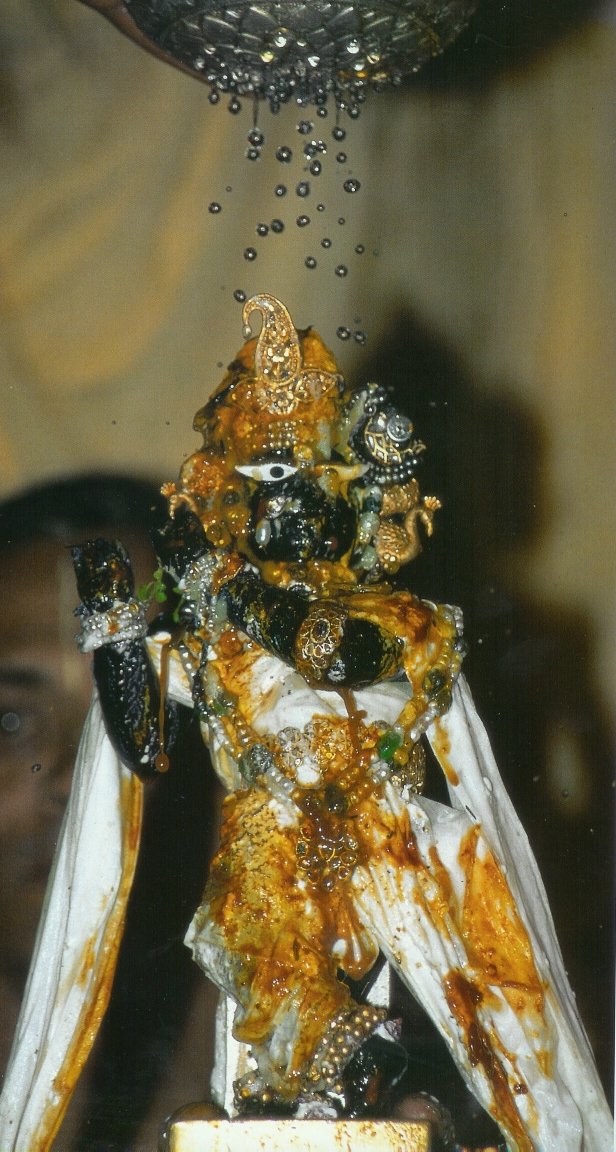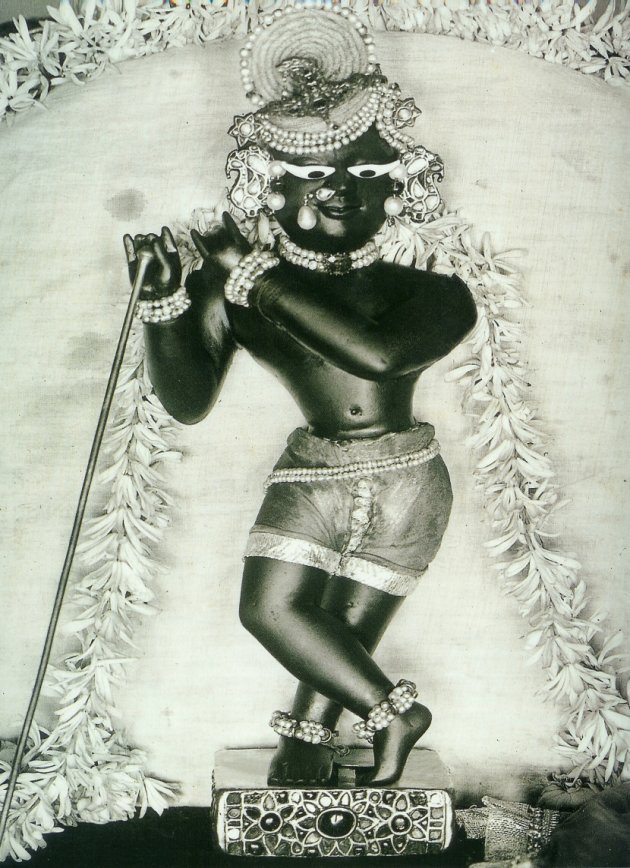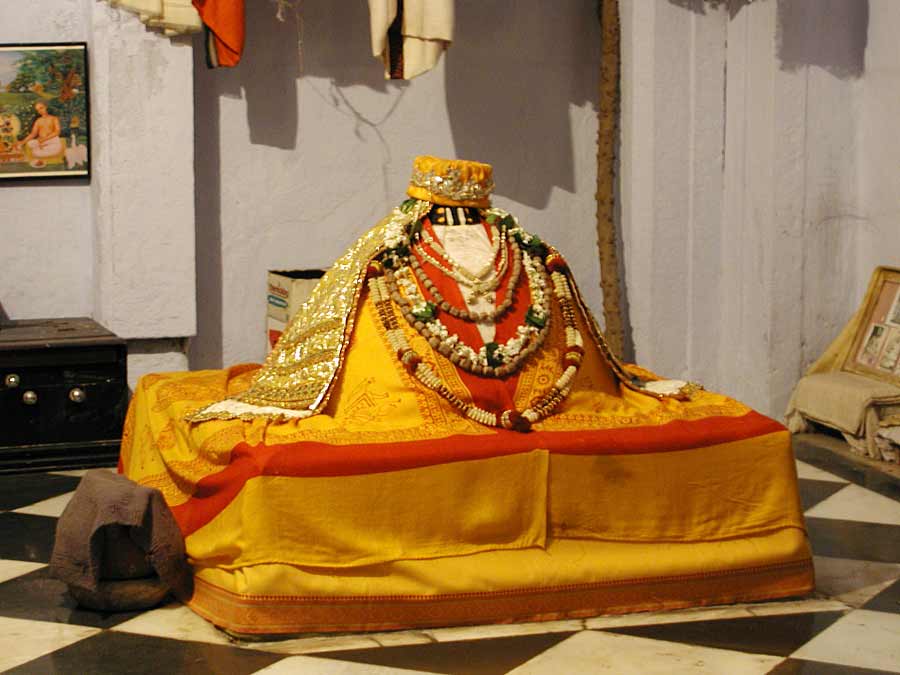(Kadamba Kanana Swami, Radhadesh, Belgium, January 2012) Lecture: SB. 5.9.4
 It is very interesting how we have such bachelors in our movement (and in the world) who are in a way renounced. But it is not renunciation linked to cultivating Krishna Consciousness. It’s simply renunciation out of convenience – out of avoiding the trouble….of having to deal with material energy. That kind of renunciation is not valuable….there is not much advantage to that, because by avoiding trouble, you’ll just get another kind of trouble!
It is very interesting how we have such bachelors in our movement (and in the world) who are in a way renounced. But it is not renunciation linked to cultivating Krishna Consciousness. It’s simply renunciation out of convenience – out of avoiding the trouble….of having to deal with material energy. That kind of renunciation is not valuable….there is not much advantage to that, because by avoiding trouble, you’ll just get another kind of trouble!
Just like, there is an example of Diogenes who lived in a rain barrel with ripped clothes, and Plato lived in a mansion, which contained silk and cushions. One day Diogenes just ran through a pool of muddy water, and with his muddy feet, ran into the house of Plato and jumped over all the silk and cushions! And he called out:
“I’m just stamping. I am jumping on the pride of Plato!”
So Plato replied:
“With the same pride!”
So it’s a classic in the Greek tradition. So yes, that it is a fact that renunciation is another way of feeding pride. So what’s a point of being a bachelor? But the real point is, if we are living in an environment where we keep material things out as much as possible, and we bring in as much spiritual influence as we can, then we are speaking of āśrama………… āśrama is a renounced condition of life. We must live in a āśrama and we must give shape to our āśrama, at least to a point where we are liberated!
When we are liberated souls then it doesn’t matter where we live, but as long as we are not liberated then we should live in an āśrama, and make that āśrama a sacred environment – fill it with remembrances of the Supreme Lord and objects of purification, then that will strengthen us, and from that platform we can engage in our sādhana and get deeply absorbed. From that platform we are strong to deal with the material world, otherwise it is dangerous. So a āśrama is important!
 It is very interesting how we have such bachelors in our movement (and in the world) who are in a way renounced. But it is not renunciation linked to cultivating Krishna Consciousness. It’s simply renunciation out of convenience – out of avoiding the trouble….of having to deal with material energy. That kind of renunciation is not valuable….there is not much advantage to that, because by avoiding trouble, you’ll just get another kind of trouble!
It is very interesting how we have such bachelors in our movement (and in the world) who are in a way renounced. But it is not renunciation linked to cultivating Krishna Consciousness. It’s simply renunciation out of convenience – out of avoiding the trouble….of having to deal with material energy. That kind of renunciation is not valuable….there is not much advantage to that, because by avoiding trouble, you’ll just get another kind of trouble!Just like, there is an example of Diogenes who lived in a rain barrel with ripped clothes, and Plato lived in a mansion, which contained silk and cushions. One day Diogenes just ran through a pool of muddy water, and with his muddy feet, ran into the house of Plato and jumped over all the silk and cushions! And he called out:
“I’m just stamping. I am jumping on the pride of Plato!”
So Plato replied:
“With the same pride!”
So it’s a classic in the Greek tradition. So yes, that it is a fact that renunciation is another way of feeding pride. So what’s a point of being a bachelor? But the real point is, if we are living in an environment where we keep material things out as much as possible, and we bring in as much spiritual influence as we can, then we are speaking of āśrama………… āśrama is a renounced condition of life. We must live in a āśrama and we must give shape to our āśrama, at least to a point where we are liberated!
When we are liberated souls then it doesn’t matter where we live, but as long as we are not liberated then we should live in an āśrama, and make that āśrama a sacred environment – fill it with remembrances of the Supreme Lord and objects of purification, then that will strengthen us, and from that platform we can engage in our sādhana and get deeply absorbed. From that platform we are strong to deal with the material world, otherwise it is dangerous. So a āśrama is important!














